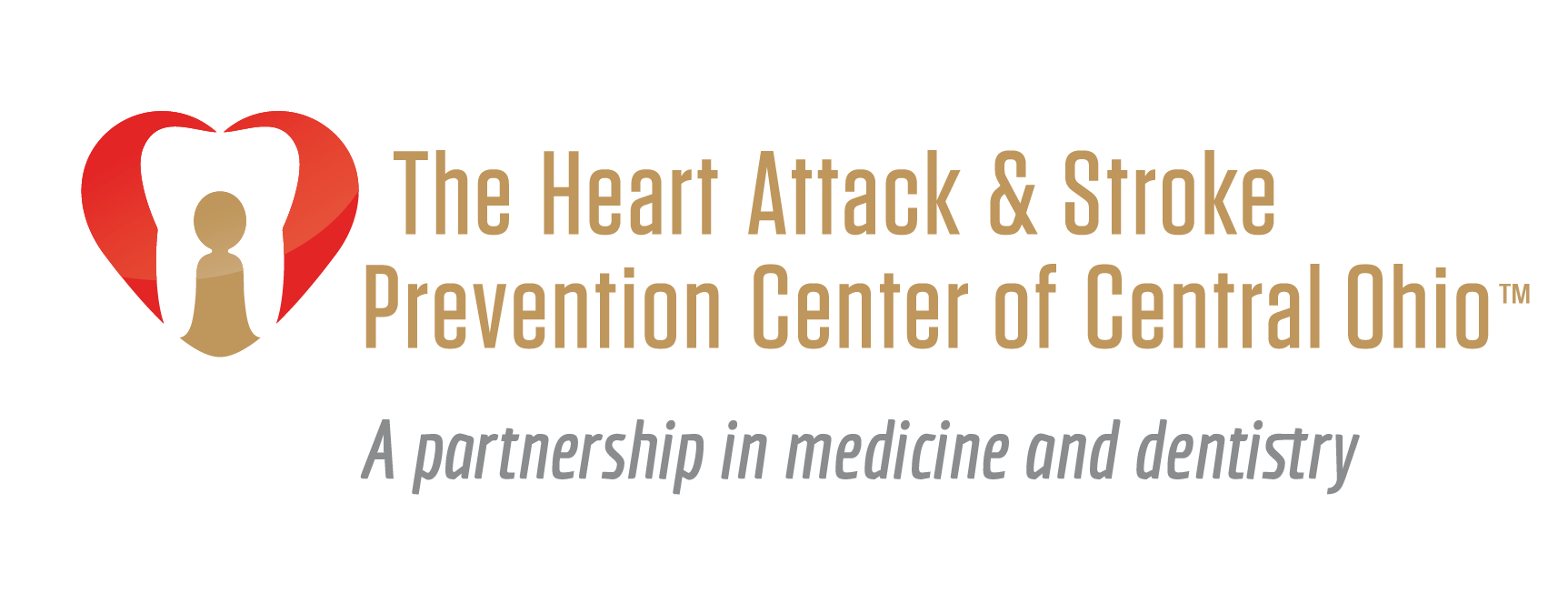Heart Talk - May 2021
- Eric Goulder, MD, FACC

- Apr 20, 2021
- 3 min read
Updated: Apr 27, 2021
What a Selfie Can Reveal About Your Heart Health
Heart-healthy and Stroke-free Living with Eric A. Goulder, MD, FACC

An intriguing 2020 study suggests that in the future, sending a selfie to your medical provider could be an easy, low-cost way to screen people for coronary artery disease (CAD) without a medical exam. This landmark research is the first to show that a deep learning computer algorithm can identify patients with CAD by analyzing four photos of the person’s face. In the study, the algorithm was 80 percent accurate when tested on more than 1,013 Chinese patients who also underwent heart scans. While further large-scale research is needed to see if this tool is equally reliable in ethnically diverse populations, in the study it outperformed conventional methods of predicting heart attack and stroke risk.
Previous research shows that there’s a lot you can learn about your cardiovascular health simply by looking in the mirror or at a selfie. Here’s a look at some surprising physical clues that can signal increased risk for heart disease and its many complications, including heart attack and stroke. Alert your healthcare provider if you have any of them and discuss being evaluated with the BaleDoneen Method.
DIAGONAL EARLOBE CREASES (FRANK’S SIGN)
People with this tiny wrinkle or fold, which looks like the backslash on your computer, are at more than three times higher risk for coronary artery disease (CAD) than those without it, according to a recent study. Another study concluded that Frank’s sign is a better predictor of risk for severe CAD, heart attacks and peripheral artery disease than such well-known risk factors as smoking, high blood pressure and high cholesterol.
MALE PATTERN BALDNESS
A 2014 study linked this form of hair loss, which affects the front and top of the scalp, to a 40 percent rise in heart attack risk as compared to that of men the same age with a full head of hair. And the earlier this pattern of hair loss begins, the stronger its impact on cardiovascular risk. A 2017 study of 2,000 men found that in those under age 40, male pattern baldness was a bigger risk factor for developing CAD than obesity.
PREMATURELY GRAY HAIR OR WRINKLES
The researchers also reported that young men with heart disease were more likely to have prematurely gray hair than their healthy counterparts, suggesting that accelerated aging may play a role. Going gray at a young age or excessive wrinkling in sun-protected areas is also linked to elevated heart risk in women.
YELLOWISH, WAXY SKIN GROWTHS
Known as xanthoma, these fatty growths can be a sign of high cholesterol. They can be as small as a pinhead or as big as grape and can occur in many areas, including the corners of your eyes, your hands and the backs of your legs. In one large, long-term study, people who had them were at 48 percent higher risk for heart attacks. Getting your cholesterol under control may help clear up these growths, as well as helping prevent life-threatening heart disease.
A RING AROUND THE COLORED PART OF YOUR EYE
Primarily found in people with an inherited form of extremely high cholesterol (familial hypercholesterolemia or FH), this condition creates a deposit of cholesterol and triglycerides in an arc on either the top or bottom of the iris (the colored portion of your eye), inside the cornea. Because people with FH are at extremely high risk for heart attacks and strokes, early detection and treatment can be lifesaving. If untreated, people with FH are 20 times more likely to develop coronary artery disease than those without FH — and are up to 50 percent more likely to suffer a fatal or nonfatal heart attack by age 50.
YELLOWISH OR WHITE BUMPS ON YOUR LIPS OR INSIDE YOUR CHEEKS.
These spots, called oral Fordyce granules, occur in about 70 percent of adults and can be a warning of high cholesterol.
Read the Full Newsletter!




Comments